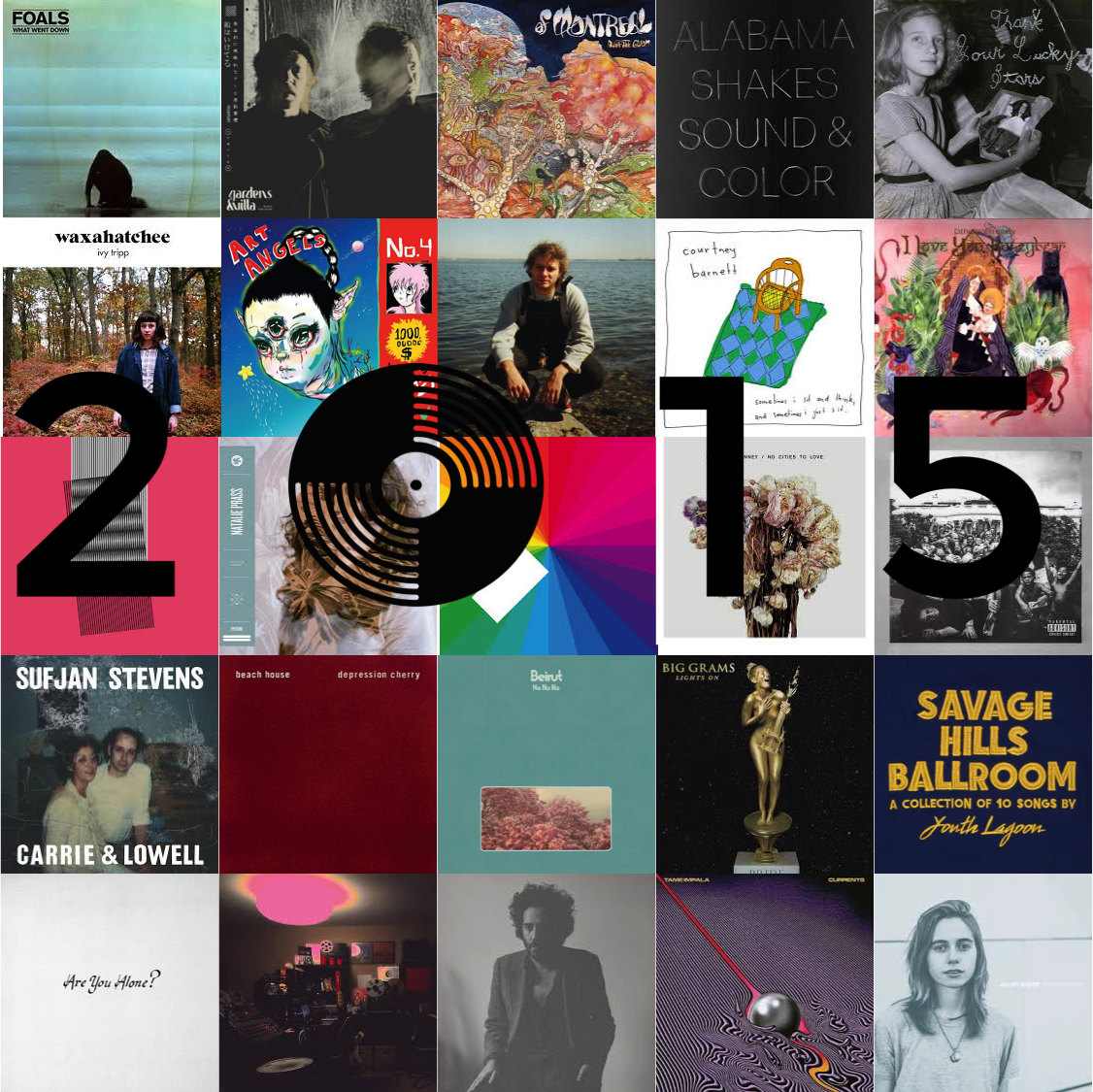Perhaps the most cinematic and high-concept rapper in the world right now, for Kendrick Lamar to release a record nearly free of skits, interludes, or interviews with deceased rappers seemed impossible after two major label albums that redefined the limits of what’s expected and acceptable for a mainstream rap record to feel and sound like. While the feature-length follow up to modern classic To Pimp a Butterfly begins with a spoken word track detailing the rapper’s supposed death, Damn. feels mostly like other rap records released in the past few years in terms of thematic material, structure and style. What makes the album special is it just happens to be one of the most talented, interesting and considered rappers in the world making it.
Much was made of the influence of the history of black music on To Pimp a Butterfly as that album was defined by Thundercat’s six-string bass and Robert Glasper’s keys as much as Kendrick's world-class lyricism, but Damn.’s first full-length track “DNA.” doesn’t veer too far from his Los Angeles roots, as producer Mike Will Made It puts on his best G funk impression with one of the albums most inspired beats. That track to some extent misleads the listener of what to expect from the rest of the record. Many of the album’s tracks are more muted than “DNA.," as it and lead single “HUMBLE” create some moments of tremendous energy and force.
The inclusion of a red-hot producer like Mike Will Made It is telling of Damn.’s sonic touchstones. Producers of the highest class are everywhere on this record, as TBAB’s Terrence Martin returns as well as Adele producer Greg Kurstin both supplement familiar faces like longtime collaborator Sounwave. Damn. uses an fusion of styles familiar to Kendrick Lamar already while exploring the world of rap trends. Given the album’s preoccupation with Lamar proving his prowess over others in the rap world, Kendrick’s melodic bars on the hooky and effective “LOVE.” seem a direct challenge to others doing a similar thing (read: Drake) to step their game up. On a track like “LOVE.," which wears its melodicism and sweet simplicity on its sleeve, Damn. deserves credit for embracing pop structure and simplicity without sacrificing Lamar’s core. A brief breezy “YAH.” fits incredibly well in the context of the album, as the pop moments are spread out well enough that they never feel like grabs for radio attention.
In other places, the album would have perhaps done better avoiding embracing modern trends that don’t suit Kendrick’s lyricism and storytelling abilities particularly well. Monster single “HUMBLE.” seems to ape sounds and styles present in the south. Considering Kendrick’s strength as a storyteller and songwriter, the simple brag-rap and repetitive flow rob us a lot of what makes Kendrick unique. Considering “HUMBLE.” was the lead single from this album, it’s a pretty strong step down from a “King Kunta," “Alright,” or “Swimming Pools."
The album doesn’t entirely sound like a pop-rap record, as some of Kendrick’s stylistic touchstones and experimental tendencies leak into Damn., producing again stunning results. Thundercat’s bass returns on “Feel” as Kendrick creates some of his considered and well-constructed verses in years, mostly abandoning storytelling for a nonlinear, near stream-of-conscious collection of musings on faith, family, and fame.
The one-two punch of the playful accessibility of “LOVE.” and the dense, hard-edged “XXX.” is telling of the album’s deliberate structure. The schizophrenic back and forth between calm and ferocity, tension and release, point to an artist deeply concerned the full-length listening experience. Even though the album isn’t broken up with interludes featuring Kendrick's father demanding Dominos pizza, the album’s structure lends itself well to its thematic considerations. The staggering and complex “XXX.” follows “LOVE.,” featuring three distinct sections that showcase some of Kendrick's most powerful lyricism (Kendrick has a remarkable ability to make frequently revisited topics feel fresh at every mention), and some of Damn.’s most ambitious production. The kinetic siren-fueled second section contrasted with the glum, Bono-sung third section is one of Damn.’s finest moments.
Damn. will most likely be remembered as Kendrick’s most spiritual album. Biblical references pepper his musings on success and recognition, and one of the few spoken-word moments is from his cousin Carl musing on God, the Israelites and the plights and struggles of Black America. Along with those religious themes, the tension between spiritual humility and rap excess worms its way into the album in interesting and fresh ways. The modestly produced “PRIDE.” precedes the audacious and swaggering “HUMBLE." While none of this is necessarily new ground for the artist or the genre, because Kendrick is such a clever lyricist, and the songs are either interesting or plain fun, the album never feels repetitive. Considering many of the big picture lyrical themes are present across Kendrick’s discography, Damn. manages to engage to a remarkable degree.
One could consider Damn. as a simpler foil to Kendrick's two major label full-length gems, though a closer listen and examination of the artistry at hand should keep even the most demanding listener appeased with an artist growing to occupy a unique space of accessibility and experimentation, ambition and pop satisfaction. While it doesn’t always reach the heights of the TBAP tracks like “Wesley’s Theory” or “Mortal Man," Damn. is at its best a breathtaking pop-rap record never content with one theme or idea, embracing instead the complexity and talent of the man behind it.



















